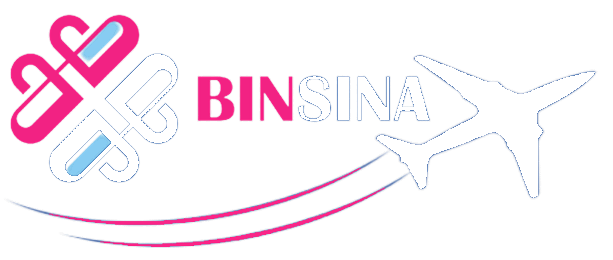Endoscopic thoracic sympathectomy (ETS) is a surgical procedure in which a portion of the sympathetic nerve trunk in the thoracic region is destroyed. ETS is used to treat excessive sweating in certain parts of the body , facial blushing, Raynaud’s disease and reflex sympathetic dystrophy. By far the most common complaint treated with ETS is sweaty palms. The intervention is controversial and illegal in some jurisdictions. Like any surgical procedure, it has risks; the endoscopic sympathetic block (ESB) procedure and those procedures that affect fewer nerves have lower risks.
Sympathectomy physically destroys relevant nerves anywhere in either of the two sympathetic trunks, which are long chains of nerve ganglia located bilaterally along the vertebral column responsible for various important aspects of the peripheral nervous system (PNS). Each nerve trunk is broadly divided into three regions: cervical (neck), thoracic (chest), and lumbar (lower back). The most common area targeted in sympathectomy is the upper thoracic region, that part of the sympathetic chain lying between the first and fifth thoracic vertebrae.
